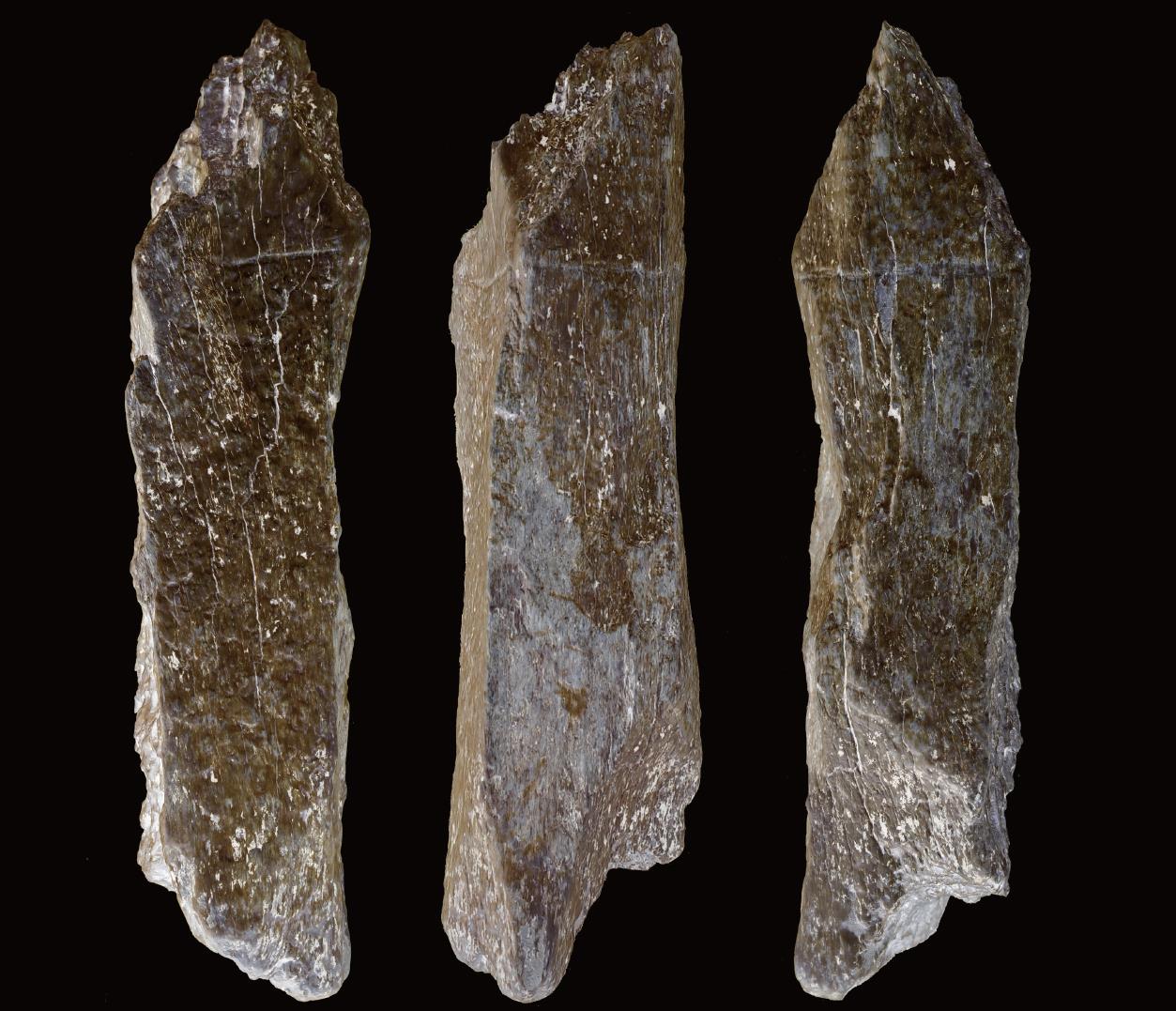
Several of China's breakthrough discoveries in archaeology last year shared the spotlight on Wednesday at a forum in Beijing organized by the Chinese Academy of Social Sciences' Institute of Archaeology, as the institute released its annual list of top 6 new archaeological discoveries.
The discovered sites and items, spanning from the Paleolithic period of the Stone Age to the Qing Dynasty (1644-1911), provide outstanding examples from more than 1,700 archaeological excavations across the country in 2024, said Qiao Yunfei, deputy director of the National Cultural Heritage Administration.
READ MORE: China unveils top six archaeological discoveries of 2024
Excavations at the Dadong Site in Helong, Jilin province, have unveiled world-class discoveries from the Paleolithic period, as the site has been found to be the largest wilderness site from the late Paleolithic era with the richest cultural remains yet found in Northeast Asia.
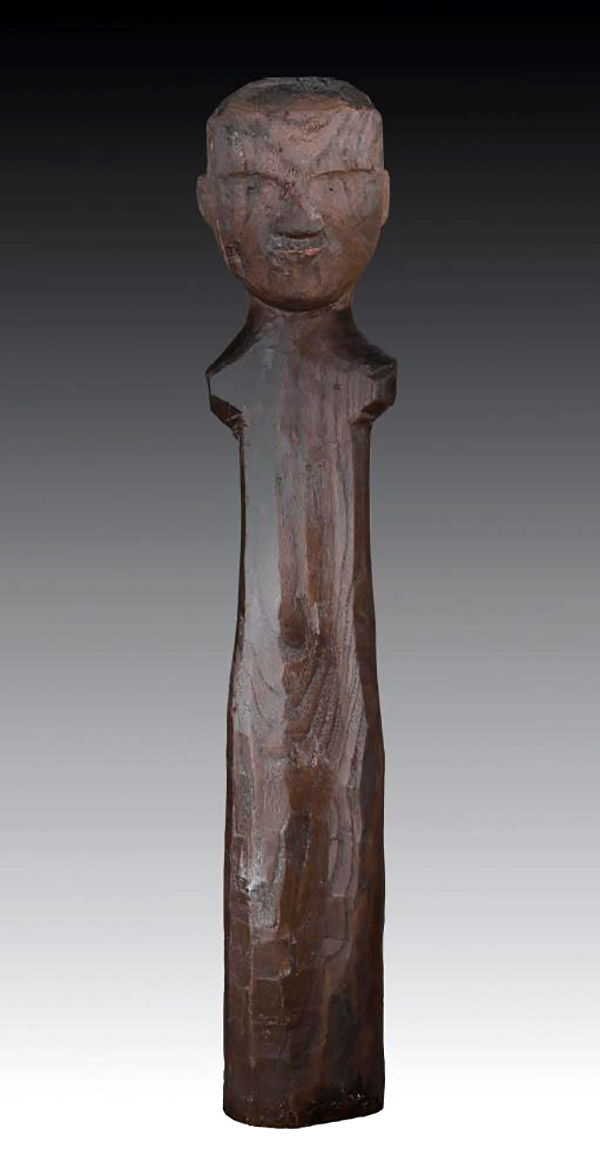
The more than 20,000 stone tools and animal fossils from 15,000 to 50,000 years ago enrich people's understanding of ancient people's production methods and lifestyle in Northeast Asia during that period, and may shed light on evolution and the spread of modern humans through Northeast Asia.
Another discovery of world-class importance is the Xiatang Site in Xianju county, Zhejiang province, which has many remains of Shangshan Culture, a Neolithic culture from 11,000 to 8,500 years ago. The findings may provide materials for the study of rice agriculture dating back nearly 10,000 years.
Dai Xiangming, an archaeology professor at Capital Normal University, said, "It vividly portrays the early stage of Chinese agrarian society, which was based on rice cultivation, whose age and significance can be on a par with the wheat-growing civilization in West Asia."
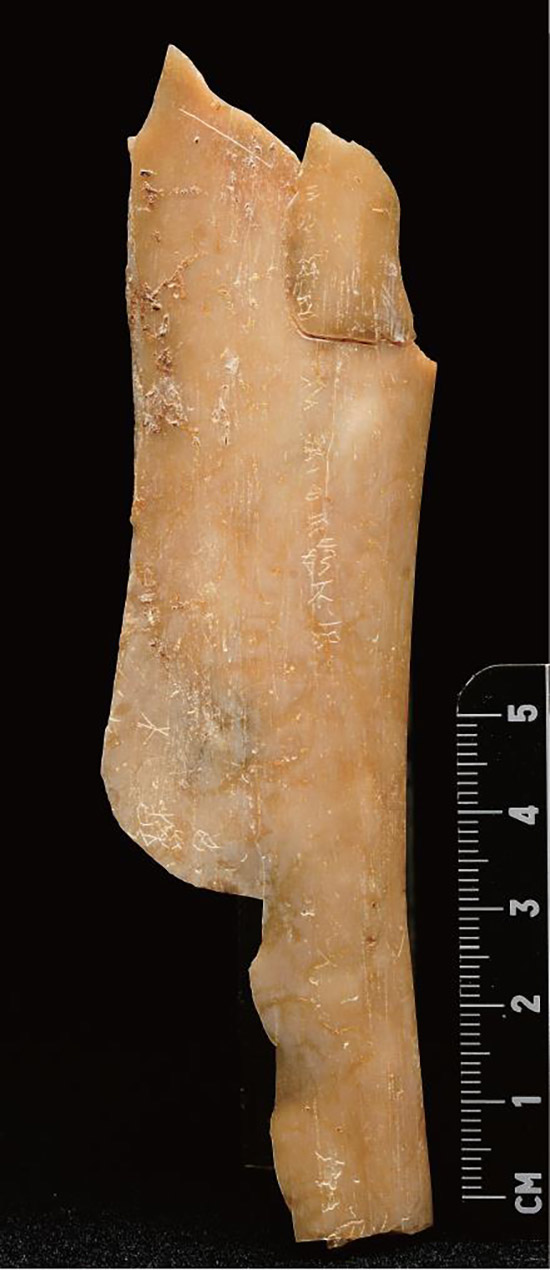
Chinese archaeologists have continued to explore the origins of Chinese civilization, as discoveries from the Siwa Site in Lintao county, Gansu province, showcase the development level and civilization of the early society on the western part of the Loess Plateau 5,000 years ago.
Since the origins of Chinese civilization in the upper reaches of the Yellow River had long been confusing, the discoveries fill in the gap, greatly enriching the understanding of the origins and early development of Chinese civilization, said Han Jianye, an archaeology professor at Renmin University of China.
Han attached great importance to the Siwa Site, which stands out as one of the biggest findings concerning Majiayao Neolithic Culture in recent years.
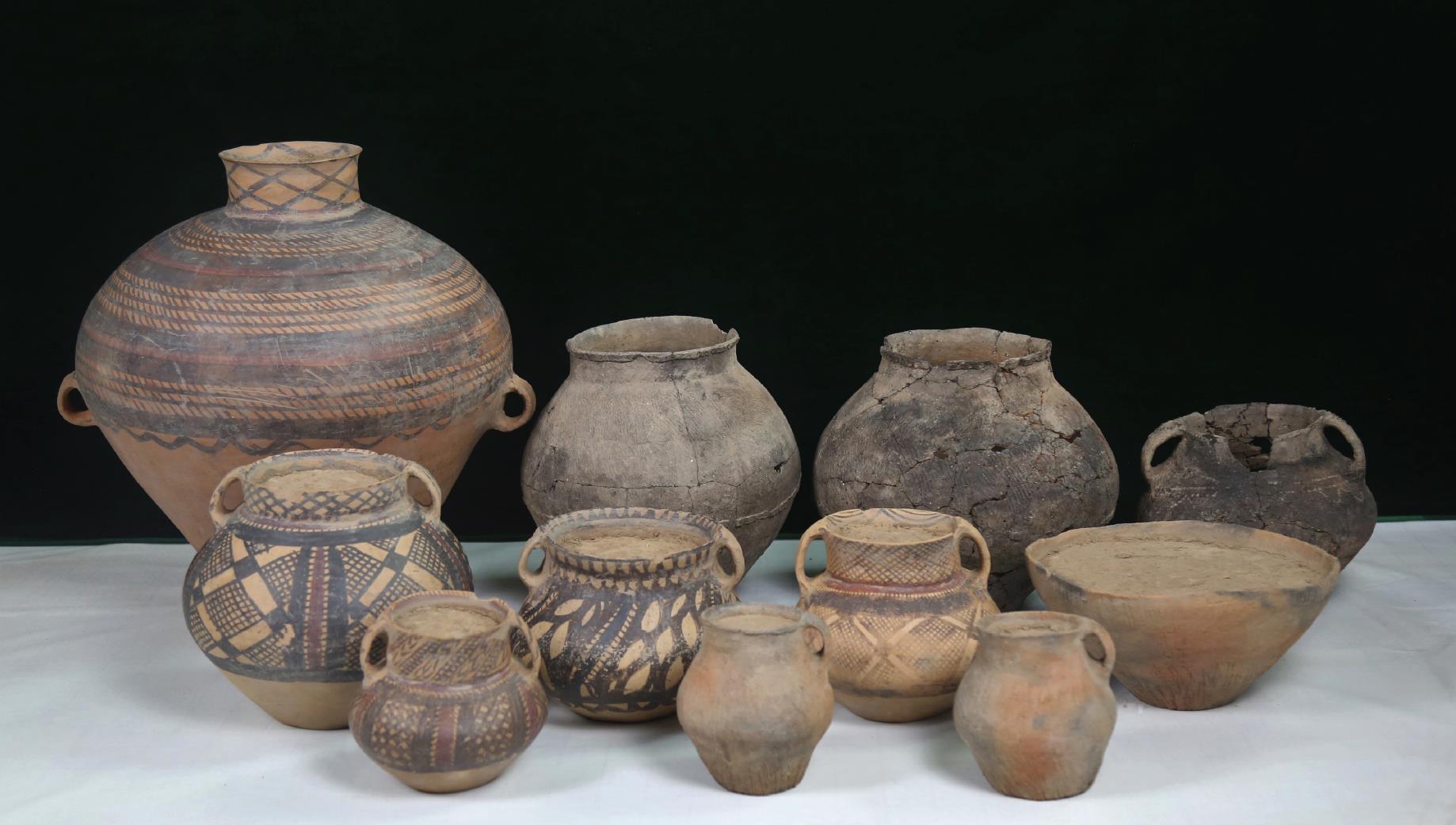
"Majiayao Culture widely spread to the present-day Xinjiang Uygur autonomous region, Qinghai-Tibet Plateau, Sichuan province and so on," Han said. "It is a benchmark for studying prehistoric society in western China. Deeper studies on Siwa will help to figure out key clues for decoding a crucial branch of Chinese civilization."
The early stage of Chinese dynasties — the Xia (c.21st century-16th century BC), Shang (c.16th century-11th century BC) and Zhou (c.11th century-256 BC) dynasties — have always been a focus of China's archaeological research. This time, archaeologists found large-scale rammed earth complexes from the period previous to the Zhou Dynasty at the Zhouyuan Site in Baoji, Shaanxi province, providing key evidence for determining that the site was a capital city for Zhou people before they conquered and replaced the Shang Dynasty.
Archaeologists have also made an unprecedented discovery — three layers of city walls and city gates from Western Zhou Dynasty (c.11th century-771 BC) — at this site, making clear its layout as a capital, offering material for research of the history of urban development in China, according to Chong Jianrong, director of the Shaanxi Academy of Archaeology.
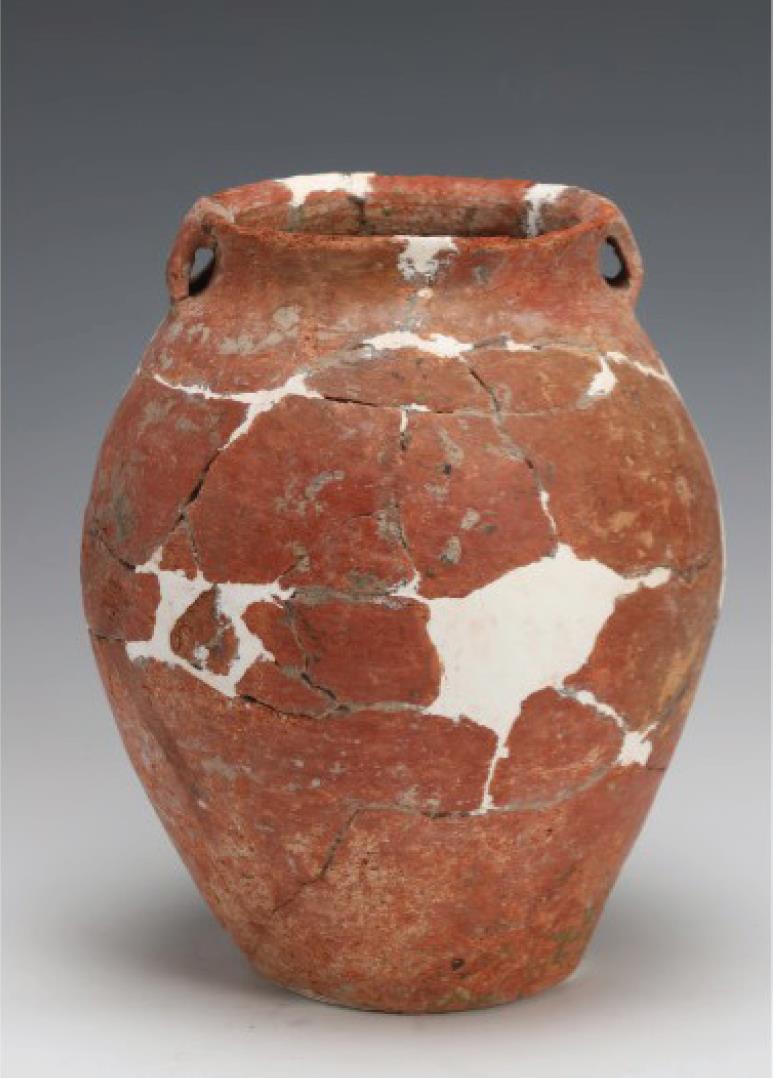
The Wuwangdun mausoleum in Huainan, Anhui province, which dates back to the late Warring States Period (475-221 BC), is the largest and most complex structured high-level tomb of the Chu state — a vassal state from more than 2,000 years ago — discovered and excavated so far.
The study of porcelain-making from the Yuan (1271-1368), Ming (1368-1644) and Qing (1644-1911) dynasties in Jingdezhen, Jiangxi province, has unveiled clues to the technique used in the ceramics hub during those periods, the improvement of the technique, the urban layout and management, raw material mining and processing, and even local people's beliefs.
Lei Xingshan, an archaeology professor at Beijing Union University, said the discoveries also reflect key theories guiding Chinese archaeology.
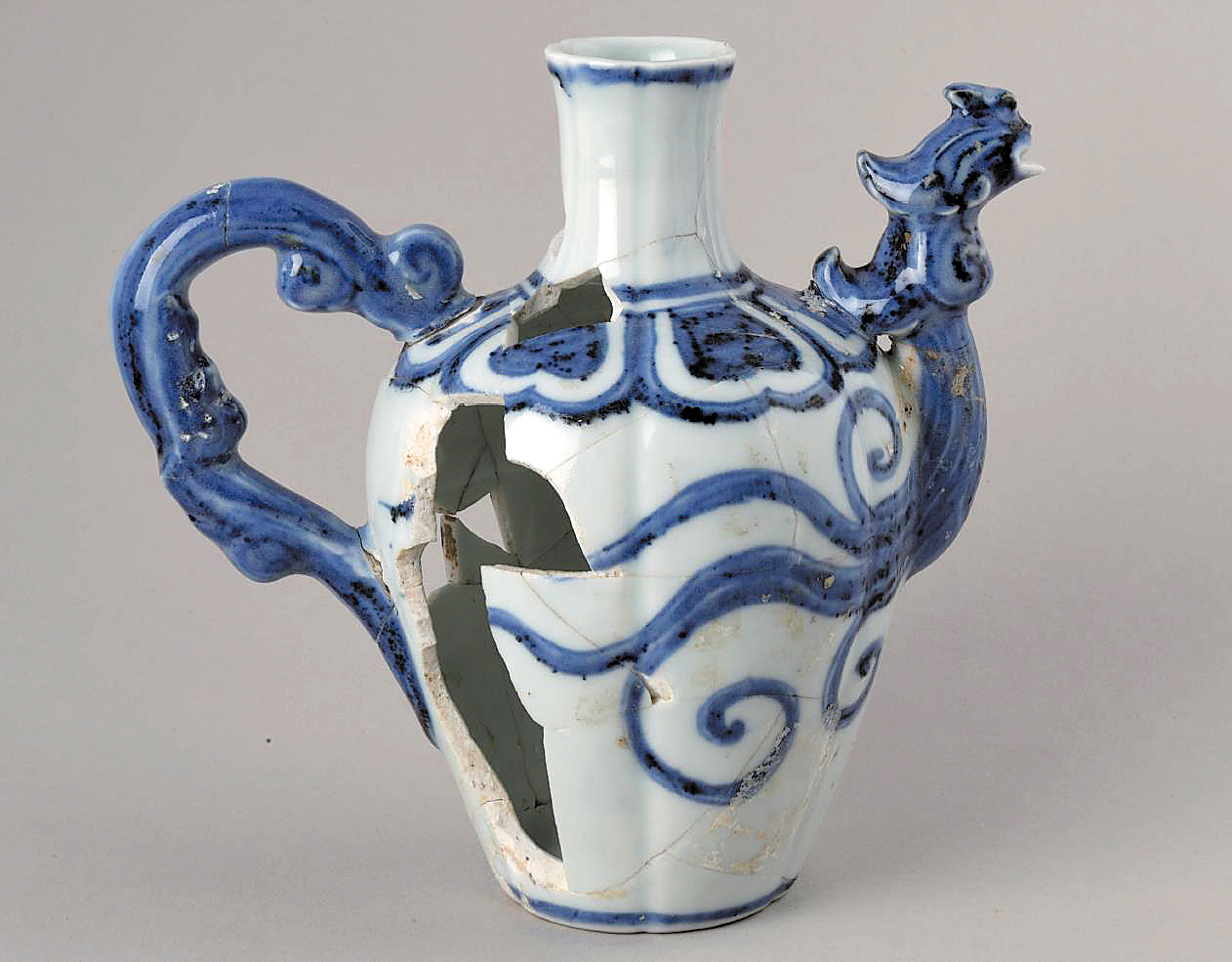
"Scholars chose the top 6 not based on how many 'treasures' were dug up," he said. "It depends on whether the findings can help to solve crucial academic issues and adopt scientific research methods."
ALSO READ: Yinxu slowly reveals its secrets
Separately, the joint archaeological studies on the Munchaktepa Site in Uzbekistan carried out by Chinese and Uzbek archaeologists were honored at the forum as a marvelous overseas archaeological project enriching the understanding of the Fergana Valley's role along the ancient Silk Road. The project is viewed as an important demonstration of how China's archaeological efforts are going global.
Contact the writers at wangru1@chinadaily.com.cn


